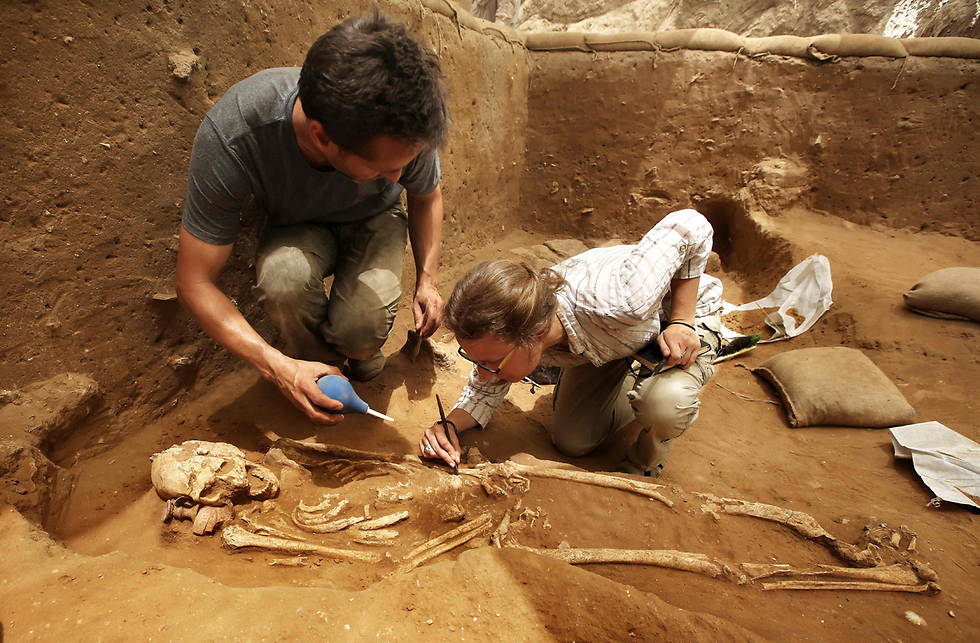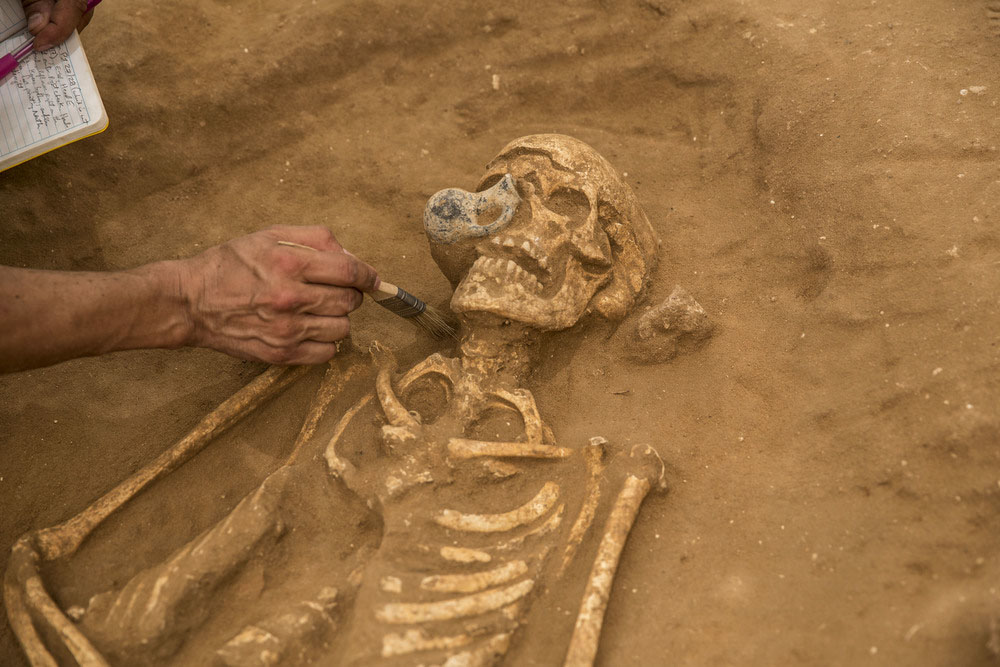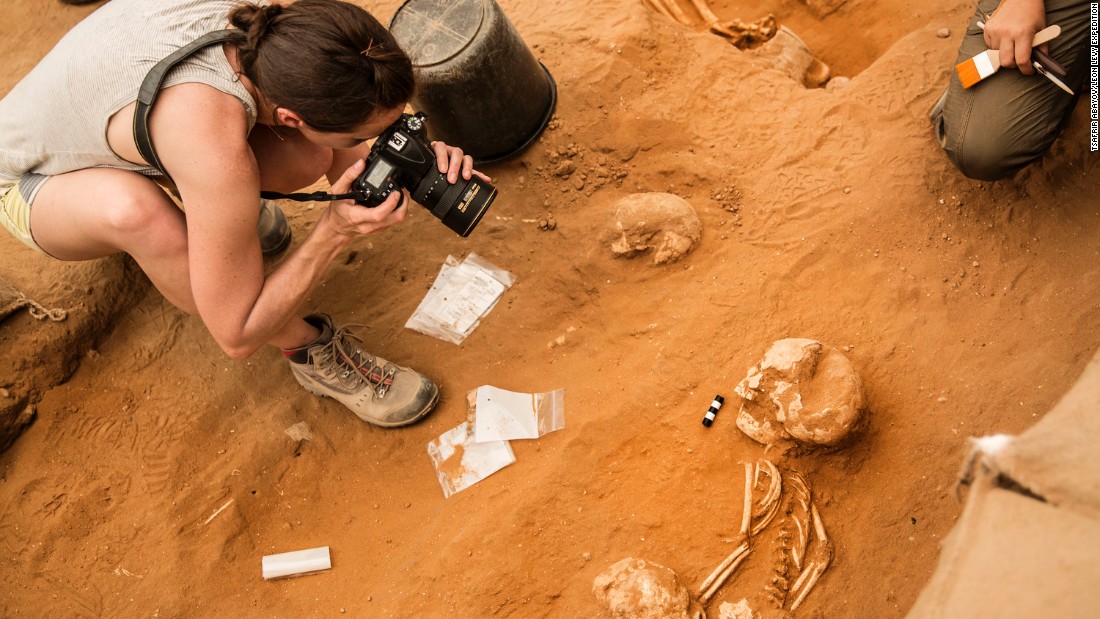Archaeologists who excavated a 3000-year-old cemetery challenge the notion that Philistines were mere “philistines.” They discovered the burial site where members of the biblical nation were interred alongside jewelry and perfumed oil.

Little was known about the Philistines until the recent excavation in the Israeli port city of Ashkelon.
The renowned archenemies of the ancient Israelites, including the infamous Goliath, thrived in this Mediterranean region from the 12th century BC onward. Despite their historical prominence, details about their way of life and origins remained a mystery.
This is set to change following what researchers are calling the groundbreaking discovery of the first Philistine cemetery. The site encompasses the remains of approximately 150 individuals in numerous burial chambers, some of which contain surprisingly sophisticated items.
The team also uncovered DNA on portions of the skeletons, and they hope that further testing will provide insights into the origins of the Philistine people.
Archaeologist Lawrence Stager, leading the Leon Levy Expedition to Ashkelon since 1985, suggests that the derogatory use of the term “philistine” may require reevaluation. Traditionally used to describe someone averse to culture and the arts, Stager emphasizes the need to reconsider this perception.
According to Stager, the Philistines have endured negative portrayals, and the recent discovery of the cemetery in Ashkelon aims to dispel many myths surrounding this ancient civilization. The excavation team, led by Stager, delved approximately three meters to unveil the cemetery, later repurposed as a Roman vineyard centuries afterward.
Working meticulously, the team uncovered the brittle white bones of Philistine skeletons, preserving their positions from three millennia ago. Graaves revealed decorated juglets believed to have contained perfumed oil. Some bodies were adorned with bracelets and earrings, while others were buried with weapons.
The archaeologists also identified cremations, a rare and expensive practice for the period. Larger jugs contained the bones of infants.
Stager highlighted the cosmopolitan nature of life in the region, describing it as more elegant, worldly, and interconnected with other parts of the eastern Mediterranean. This stood in contrast to the more modest village lifestyle of the Israelites residing in the hills to the east.



Bones, ceramics, and other remains were carefully transferred to a tented compound for more in-depth study, with some artifacts undergoing meticulous reconstruction piece by piece. The team systematically mapped the position of every bone removed, creating a digital 3D recreation of the burial site.
The conclusive reports detailing the findings are currently being published by the Semitic Museum at Harvard University.